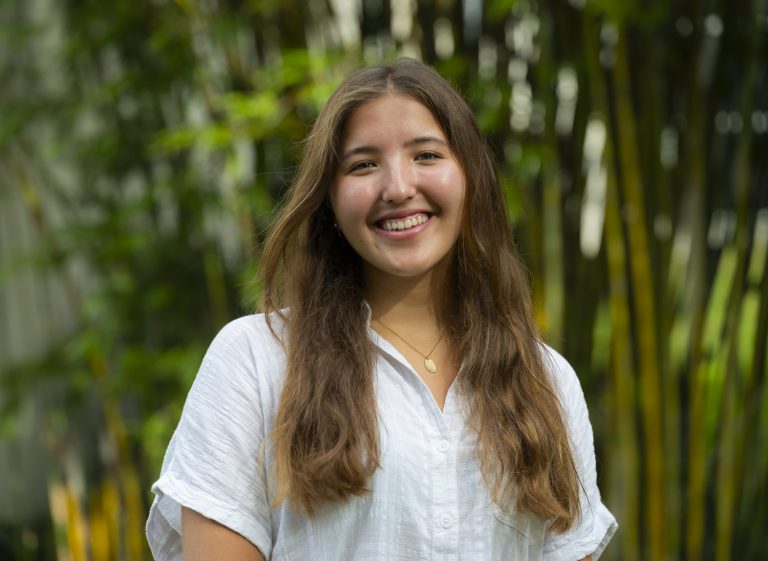 Student: Kamila Koralasbayev
Student: Kamila Koralasbayev
Mentor: Dr. Savanna Barry, Florida Sea Grant Regional Specialized Extension Agent, UF/IFAS Nature Coast Biological Station
Seagrass scarring is a growing environmental concern in Florida’s Nature Coast, where more than 350,000 acres of underwater meadows provide essential habitat for marine life, stabilize shorelines, and support water quality. With increasing boating activity threatening these ecosystems, this Gulf Impact Project explored how to improve seagrass protection through stronger management, enforcement, and public communication strategies.
As part of the interdisciplinary SCAR MAPS initiative, the project focused on gathering and analyzing the perspectives of agency managers, law enforcement officers, and recreational users to identify best practices for preventing damage to seagrass beds. By centering stakeholder experiences and recommendations, the project supports more effective, community-informed conservation efforts in one of Florida’s most ecologically valuable coastal regions.
Working closely with her faculty mentors, Kamila Koralasbayev conducted a qualitative analysis of 18 semi-structured interviews with agency managers, enforcement officers, and recreational boaters. Her research helped identify barriers and opportunities for implementing effective seagrass management in response to increasing boating activity.
Why It Matters
Seagrasses are often called the “lungs of the sea,” producing oxygen, stabilizing sediments, and providing nursery habitat for fish, manatees, and other marine life. Yet they are also among the most threatened ecosystems in the Gulf of Mexico, particularly from boat propeller scarring.
Kamila’s work provides much-needed insight into how communities, agencies, and policymakers can work together to reduce damage to these vital habitats. By elevating local stakeholder voices, her research contributes to the creation of more practical, and enforceable conservation strategies—helping ensure that Florida’s seagrass meadows are protected for generations to come.
Her findings will inform outreach campaigns and policy recommendations for the Nature Coast Aquatic Preserve.
Impact and Future Plans
Kamila shared her research at the 2025 Gulf Scholars Conference, where she received the Best Poster Design Award for her poster, and at the SCAR MAPS Stakeholder Advisory Committee meeting, where it helped inform future project priorities.
She will continue her work as a paid research assistant while pursuing a master’s degree in Agricultural Education and Communication at the University of Florida.
“Kamila’s independence, problem-solving ability, and professionalism made her an invaluable contributor to the SCAR MAPS team,” said Dr. Barry in her final project report.
Learn More
- Kamila’s LinkedIn Post on Gulf Scholars Conference
- Kamila’s Science Communication Work
- Healing scars: restoration of shallow seagrass banks
